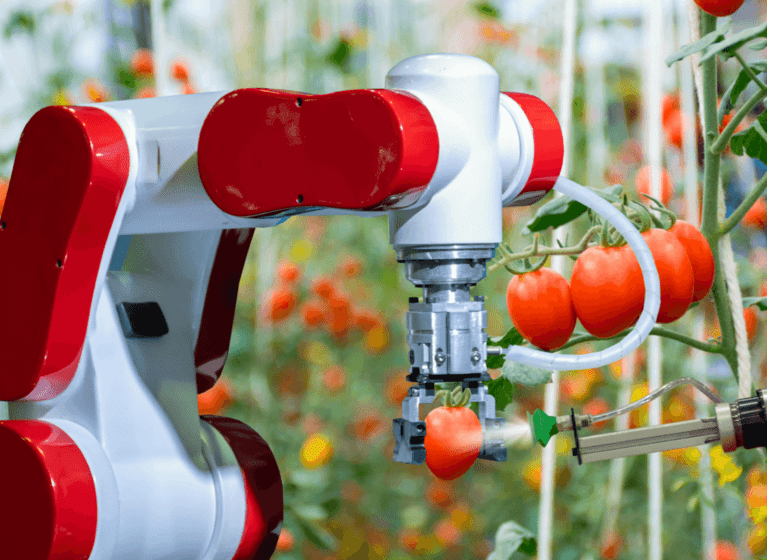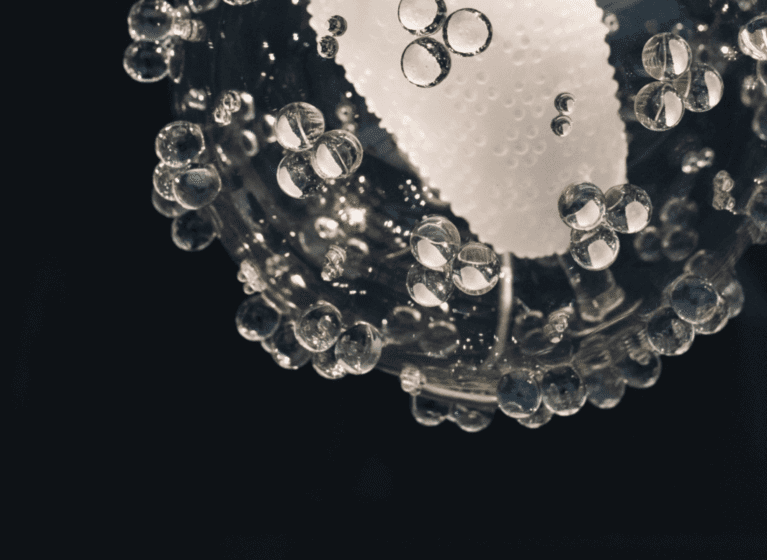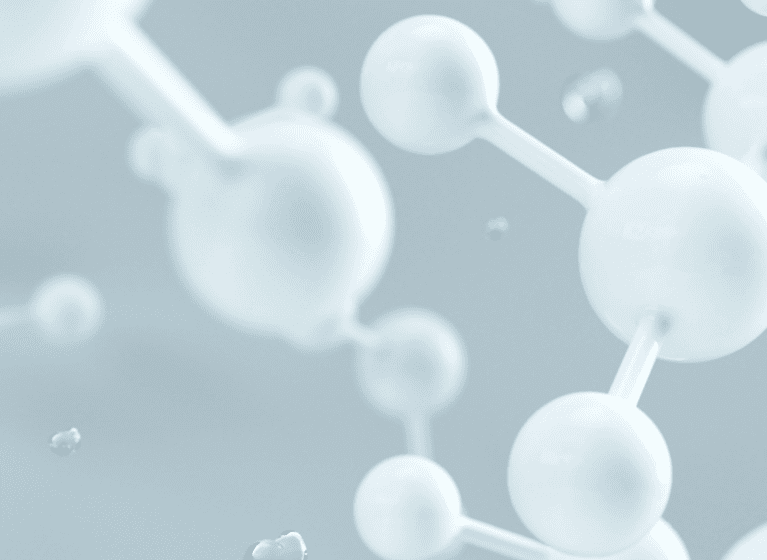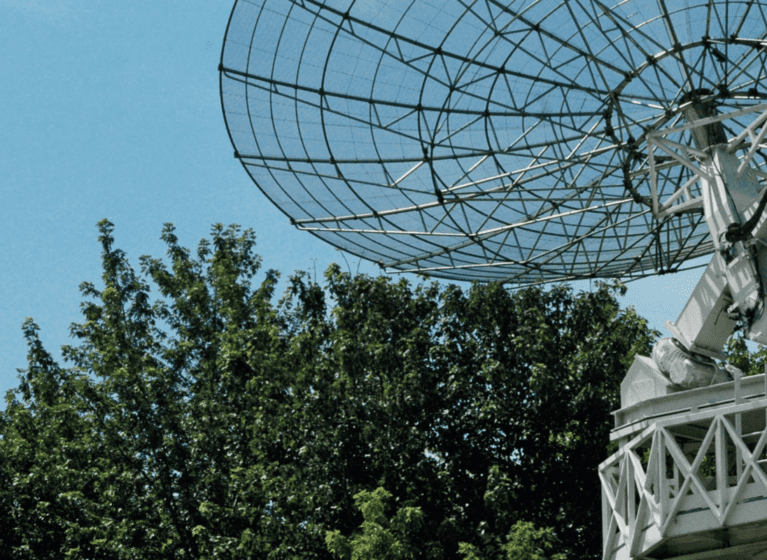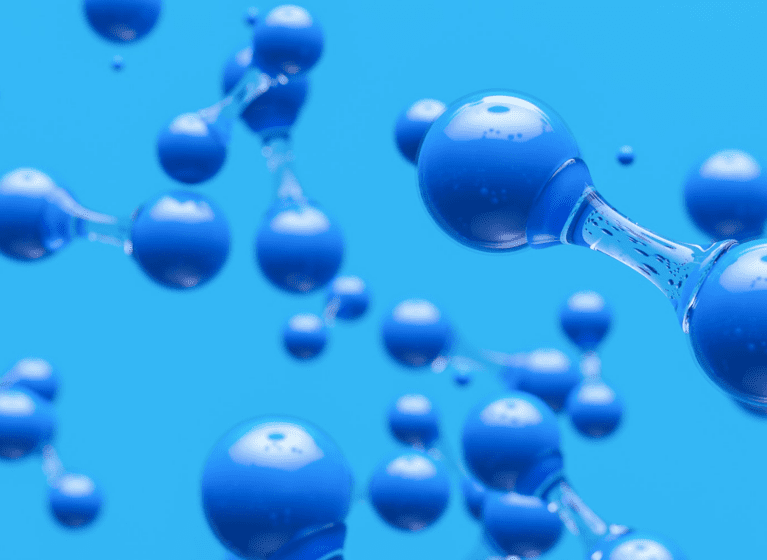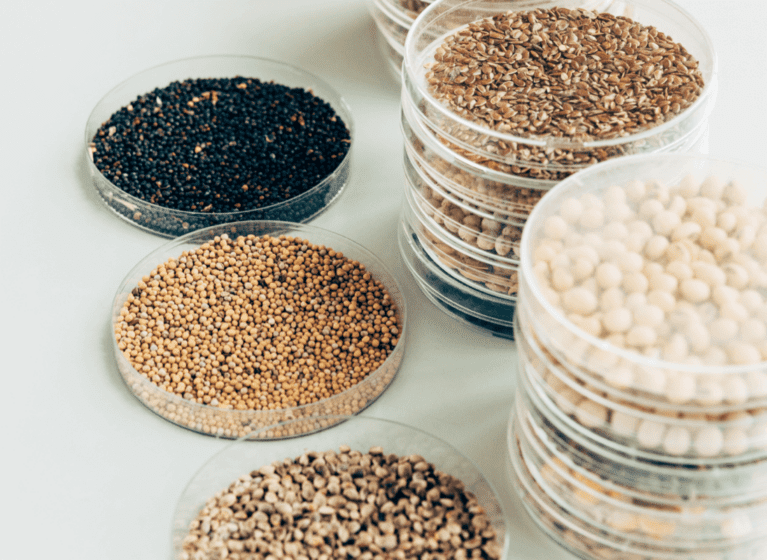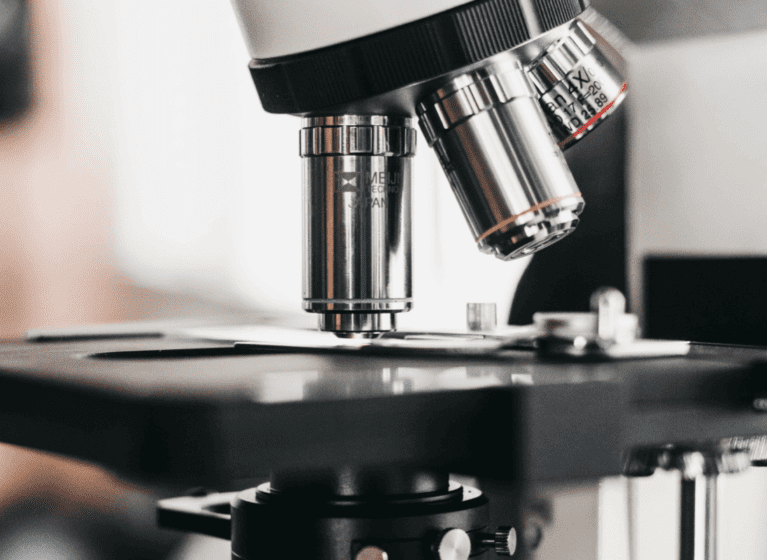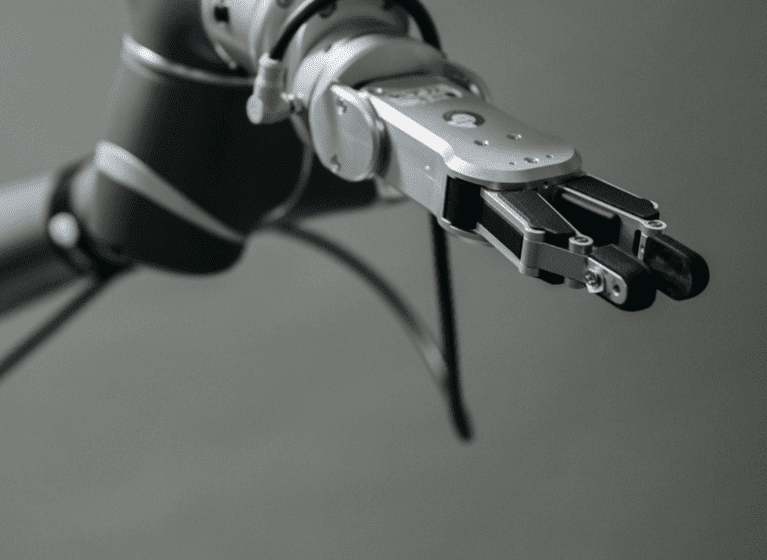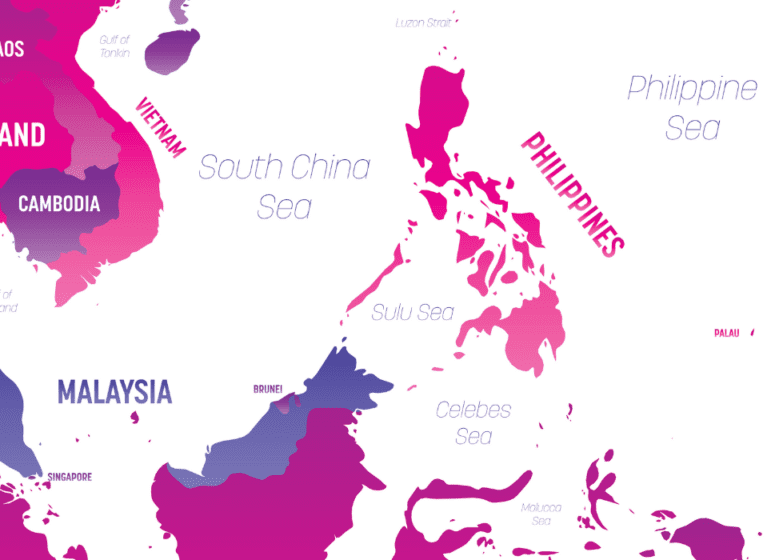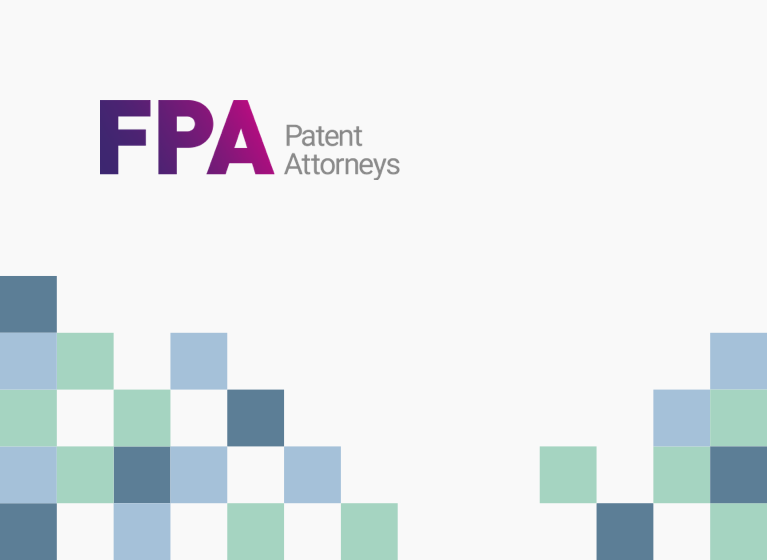What is a human? When is your best method not good enough? When is an inventor not an inventor? What happens when your patent application fails to deliver on its promise? These are just a few of the questions that the Australian Patent Office and the Australian courts wrestled with in 2016.
Here is what you need to know.
Phew! At least some nucleic acids are patentable subject matter
Arrowhead Research Corporation [2016] APO 70
In a post-Myriad Australia, the Australian Patent Office has not applied the tests as set out in the 2015 High Court decision as broadly as expected, providing welcome news to patent applicants.
While Australia’s highest court had deemed isolated nucleic acids as unpatentable subject matter, the Australian Patent Office concluded that double stranded, interfering RNAs constituted patentable subject matter. The basis for the delegate’s conclusion was that the double stranded RNAs did not simply represent ‘information’. Rather, critical to how the interfering RNA functioned was also its double stranded structure, which does not exist in nature.
This decision gives patent applicants some important insight as to considerations of other structural and functional features that can be incorporated in to a nucleic acid claim such that it can be distinguished from the findings of the High Court. For further information about this decision or the potential impact on claims in your Australian applications, please contact me directly.
When a human being isn’t a human being
International Stem Cell Corporation [2016] APO 52
This decision from the Australian Patent Office brought about a change to the long held Patent Office practice that parthenotes, human oocytes activated by other than fertilisation with a human sperm or nuclear transfer, did not constitute patentable subject matter.
The basis for such claims being rejected in the past was that a parthenote was considered to be an embryo and therefore ‘a human being’. However in a decision which aligned the Australian Patent Office approach with that of the Court of Justice for the European Union, the evidence established that an entity produced by parthenogenic oocyte activation does not have the potential to develop in to an embryo.
This conclusion was no doubt assisted by the legislative changes made in to the Prohibition of Human Cloning Act 2002 some years ago. One of the changes was the introduction of a definition of a human embryo, thereby providing a starting point against which to assess whether or not a parthenote fell within that definition.
FPA ran this hearing so has unrivalled insight in to the issues considered. Please contact me directly for further information.
Don’t promise what you can’t deliver
Ronneby Road Pty Ltd v Esco Corporation [2016] FCA 558
This decision of the Federal Court confirmed why your Australian Patent Attorney recommends deletion of ‘object’ statements in the patent specification as they relate to the promised utility of the invention.
The invention, which was directed to a ‘wear assembly’ for removably securing a wear member to excavating equipment, was described in the specification as providing 6 advantages. These advantages were not expressed in the alternative. Consequently, the Court deemed the specification to have promised that the invention would have all 6 of these advantages. Upon finding that not every claim conferred each and every one of those 6 advantages, the Court concluded that each claim was invalid for lack of utility.
More information is available here or feel free to contact us for specific advice as to the implications of this decision for your Australian patent application/s.
Swiss form claims: new opportunity to secure a patent term extension
AbbVie Biotechnology Ltd v Commissioner of Patents [2016] AATA 682
In an unexpected turn, the Administrative Appeals Tribunal of Australia (AATA) has overturned a Patent Office decision and held that ‘Swiss style’ claims may be the basis for an application for an extended patent term.
Prior to this decision the Patent Office had only accepted applications for a patent term extension on the basis of product claims which encompassed the pharmaceutical product per se. But it was the second arm of the provision, which refers to “one or more pharmaceutical substances when produced by a process that involves the use of recombinant DNA technology” that opens the door. The AATA concluded that the only requirement for extension of a patent for a substance produced by recombinant DNA technology is that it be disclosed in the complete specification of the patent and fall within the scope of the patent.
This decision has been appealed to the Federal Court of Australia. To ensure you receive further updates on the progress and impact of this on your Australian patents and patent term extension strategy, please contact me directly.
When an inventor is not an inventor
Kafaratis v Davis [2016] FCAFC 134
This decision of the Full Court of the Federal Court dealt with the tricky question of what constitutes ‘inventorship’ under Australian law, and placed a qualitative assessment on a person’s contribution to a claimed invention.
The invention was directed to card games and a method of wagering. The invention was only initially described in the context of baccarat, until an expert was engaged who identified the opportunity to expand the method to other card games. But the Court found that the expert merely provided another example; that there was no change to the invention itself and the inventive concept was not dependent on the particular card game. On that basis, the Court concluded the expert was not entitled to be named as an inventor.
More information is available here and for any specific inventorship inquiries under Australian law, please contact us.
Import at your own risk! The need to know the ‘how’ and ‘where’ your products are made
Apotex Pty Ltd v Warner-Lambert Company LLC (No 2) [2016] FCA 1238
This was a highly anticipated decision from the Federal Court, as one of the key issues was whether the importation and sale in Australia of products made overseas, using a method or process that is the subject of an Australian patent, amounts to infringement. The short answer is yes.
Core to the dispute was whether the definition of ‘exploit’ in the Australian Patents Act had an implied territorial limitation, such that the method or process used to produce the imported product must itself be conducted in Australia. But the court held that the definition of “exploit” made no express reference to the patent area. And in fact, in this instance, the infringing activity was the exploitation (by importation) in Australia of a product resulting from using the patented method.
This decision serves as an important reminder to importers in any field that they need to be aware of how an imported product is manufactured.
For more information about this decision, or the more recent Apotex Pty Ltd v Warner-Lambert Company LLC (No 3) [2017] FCA 94 which looked at the question of whether an application for listing of a generic pharmaceutical on the Pharmaceutical Benefits Scheme (PBS) would amount to infringement of the originator’s patent, please feel free to contact me directly.
When your best (method) just isn’t good enough
Les Laboratoires Servier v Apotex Pty Ltd [2016] FCAFC 27
The Full Court of the Federal Court has now provided some guidance to patent applicants regarding the ‘best method’ requirement – although the take home message was that whether the best method of making a claimed product must be described in the specification is dependent on the nature of the invention.
The patent at issue was directed to a particular salt form of a compound, and this salt form exhibited superior stability. The patent specification described that the salt form had been “prepared according to a classical method of salification of organic chemistry”. But in this instance, the court deemed that the generic disclosure was not enough, and there would have been too many variables to work through for the skilled person to produce the desired salt.
As discussed in more detail here this decision arguably raises more questions than it answers. But for now, the safest option is to ensure that the best method known to the inventors of performing the invention is included in the specification at the time of filing. We can advise you on any specific questions in respect of your Australian patent application/s.

